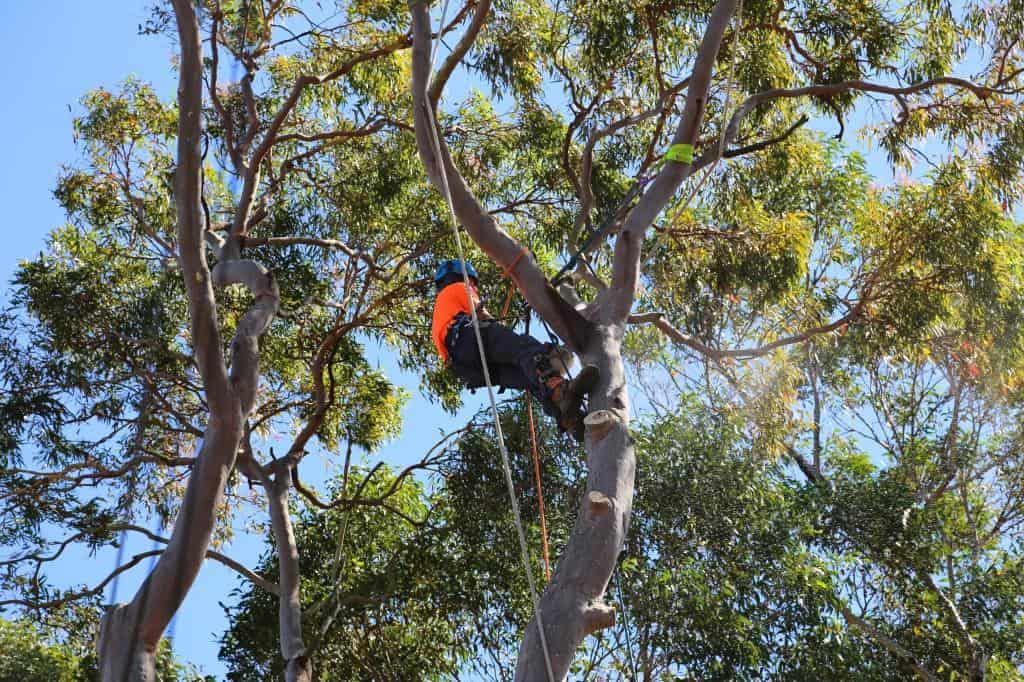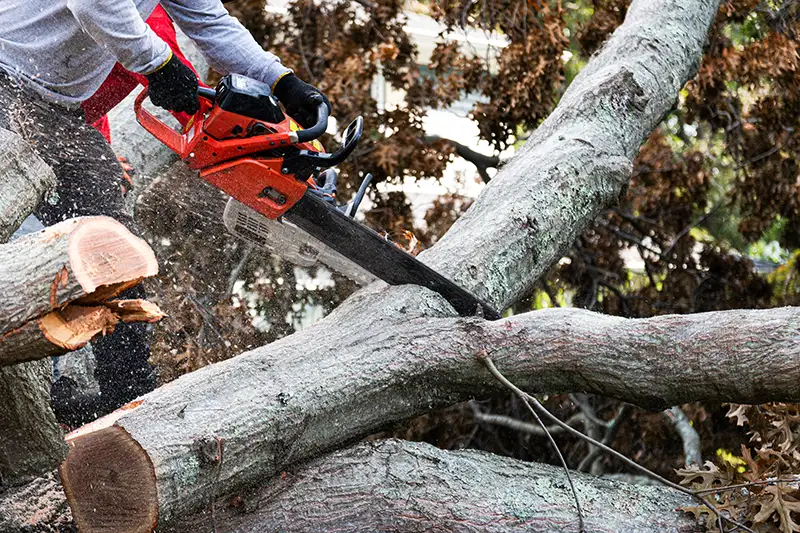Featured
Table of Contents
- – Tree Clearing Price Comparison In East Peoria,...
- – Liability Costs For Tree Service In East Peori...
- – Best Ways To Save On Tree Removal In East Peo...
- – East Peoria, IL Stump Removal vs DIY: Cost An...
- – East Peoria, IL Stump Removal Warranty Costs:...
- – Locate Affordable Stump Removal In East Peori...
- – Residential Tree Trimming Costs In East Peori...
- – East Peoria, IL Arborist Service Price List
- – Factors Affecting Stump Removal Costs In Eas...
- – East Peoria, IL Tree Removal: Value For Money
- – Top-Rated Tree Clearing In East Peoria, IL: ...
- – East Peoria, IL Tree Removal Reviews And Pri...
- – East Peoria, IL Tree Service: What Not To Pay
- – Honest East Peoria, IL Arborist Reviews
- – Understanding Stump Removal Quotes In East P...

The subsections listed below offer more detailed info about pricing, consisting of a typical range for each. TypeAverage Elimination CostPineConiferPalmMagnoliaArborvitaeAshCedarSweet GumEucalyptusSycamoreCypressOakMaplePoplar You can expect to pay in between to eliminate a pine, depending upon its size. Getting rid of a pine is one of the more inexpensive tasks unless it is one that has been around for many years and is rather big.
Tree Clearing Price Comparison In East Peoria, IL
Pines likewise have a tap root that grows deep into the soil, which can prove to be more hard to remove. The procedure itself includes an expert cutting the tree, clearing the base, cutting the surface area roots, getting rid of the stump, and finally treating the soil. Without a professional hand, you risk leaving pine seedlings behind, which will fall from the roots of distressed pines.
Liability Costs For Tree Service In East Peoria, IL
The U.S. nationwide average for conifer elimination is approximately to have the conifer lowered, transported away, and the stump ground or eliminated entirely. Conifers are normally easier to eliminate, and despite the fact that they can grow quite tall, they do not cost a fortune to remove. Conifers include pine, spruce, fir, and juniper trees.
Best Ways To Save On Tree Removal In East Peoria, IL
While conifers are stunning, they eliminate native plants and certain types of grass. This is due to the fact that they require a lot of water and nutrients to survive, so they leach it off surrounding plants. They likewise have an expansive network of roots, which can impact your home's foundation. The average price of palm removal depends upon the height as much as the type, ranging from.
East Peoria, IL Stump Removal vs DIY: Cost Analysis
That is why it is very important to know which type you are getting rid of. While you do not require an herbicide to kill a palm tree, there are some steps your elimination professional will have to require to ensure the job is done properly. There are 2 ways they can get rid of them: by slicing them down or digging them up.
East Peoria, IL Stump Removal Warranty Costs: What's Included
From there, they remove the real tree and then the stump. Anticipate to pay between to eliminate this type of tree, depending on the specific size and information of the task.
Locate Affordable Stump Removal In East Peoria, IL
There are 3 types: green, white, and black ash. White ash is understood for its lots of colors. With its gray-tinged bark, its leaves are green or purple in the spring and golden yellow or purplish-red in the fall. They take pleasure in moderate climates and great deals of sun. The green ash is named such due to its green or yellow foliage.
Residential Tree Trimming Costs In East Peoria, IL

The bark is softer, and it flowers later in the year - stump grinding. Due to the variation in height, the elimination cost variance is large from. A coniferous, evergreen tree, the cedar is a durable types. Real cedars enjoy greater altitudes, generally in the Mountain ranges and the Mediterranean. A real cedar can grow as high as 160 feet in height and is typically planted in the United States as a landscape alternative.
East Peoria, IL Arborist Service Price List
The development of incorrect cedars varies from 50 feet as much as 230 feet high. Homeowners may pay anywhere from, depending on the roots. With star-shaped leaves and spectacular fall colors, the sweet gum is thought about a medium to big tree. Enjoying full sun, the sweet gum can not tolerate pollution.
Factors Affecting Stump Removal Costs In East Peoria, IL
It has a huge root base of 40 to 50 feet, which impacts the removal expense. Generally, it costs in between to remove a eucalyptus. Eucalyptus are not typical all over, however they are quite big compared to others, which is why even the smaller ones are so costly to eliminate. Initially from Australia, eucalyptus are invasive plants that grow in thick groves that take out native plants.
East Peoria, IL Tree Removal: Value For Money
There are a handful of ways to do this, consisting of burning, pulling, grinding, or killing them with herbicide. Expect to pay between to remove sycamores, based upon the height, trunk size, and amount of work included. Sycamores are among the biggest hardwood trees, normally varying from 60 to 100 feet high and as broad as 15 feet.
Top-Rated Tree Clearing In East Peoria, IL: Pricing
The first 2 steps will expose the within the tree and cut off the circulation of nutrients up the trunk. From there, an expert uses herbicide to eliminate the tree and cuts down the trunk. They will kill the stump. Otherwise, new sprouts might grow from it. Reducing and removing a full-grown cypress could cost as much as.
East Peoria, IL Tree Removal Reviews And Pricing
There are many different kinds of Cypress trees, however the most widespread are the Leyland, Arizona, Bald, and Italian. The Bald Cypress grows in swampy or extremely damp areas while the others delight in a dry, warm, or hot environment (tree trimming). They can grow as tall as 80 to 100 feet high
East Peoria, IL Tree Service: What Not To Pay

Prone to diseases, the Cypress is one of the most valued woods for furniture. The average oak grows to around 60 feet, and depending on the complexity of the elimination, it costs approximately to remove. The specific size of your oak and the effort needed to fell it affect what you will in fact pay for elimination in addition to any extra services like stump grinding.
Honest East Peoria, IL Arborist Reviews
Access to the trees and the roots will also affect the total cost. Maples can easily mature to 100 feet or more and generally expense between to eliminate from your property. The last price depends on the real height and intricacy of the task. Maples are typically amongst the more expensive trees to eliminate since of their size and the work associated with the elimination.
Understanding Stump Removal Quotes In East Peoria, IL
Poplars are giants of the species. Growing as high as 90 to 115 feet, these huge timbers are generally found in The United States and Canada and include the aspen, cottonwood, and balsam trees. Boasting an expansive root system, poplars can be costly to eliminate when fully grown. The process to eliminate trees includes all the cutting and cutting of the branches and trunk, bringing it down to a stump.
Table of Contents
- – Tree Clearing Price Comparison In East Peoria,...
- – Liability Costs For Tree Service In East Peori...
- – Best Ways To Save On Tree Removal In East Peo...
- – East Peoria, IL Stump Removal vs DIY: Cost An...
- – East Peoria, IL Stump Removal Warranty Costs:...
- – Locate Affordable Stump Removal In East Peori...
- – Residential Tree Trimming Costs In East Peori...
- – East Peoria, IL Arborist Service Price List
- – Factors Affecting Stump Removal Costs In Eas...
- – East Peoria, IL Tree Removal: Value For Money
- – Top-Rated Tree Clearing In East Peoria, IL: ...
- – East Peoria, IL Tree Removal Reviews And Pri...
- – East Peoria, IL Tree Service: What Not To Pay
- – Honest East Peoria, IL Arborist Reviews
- – Understanding Stump Removal Quotes In East P...
Latest Posts
Marshall, TX Stump Grinding Cost Trends
Affordable Tree Clearing In Avon, OH
Straight Stump Grinding Costs In Cohoes, NY
More
Latest Posts
Marshall, TX Stump Grinding Cost Trends
Affordable Tree Clearing In Avon, OH
Straight Stump Grinding Costs In Cohoes, NY